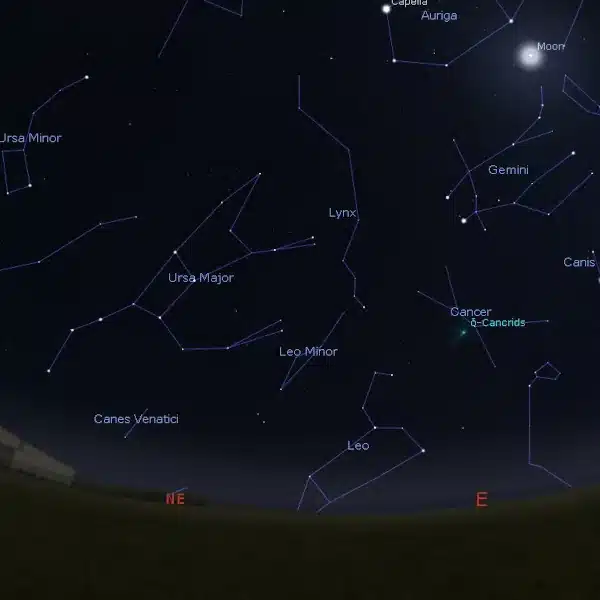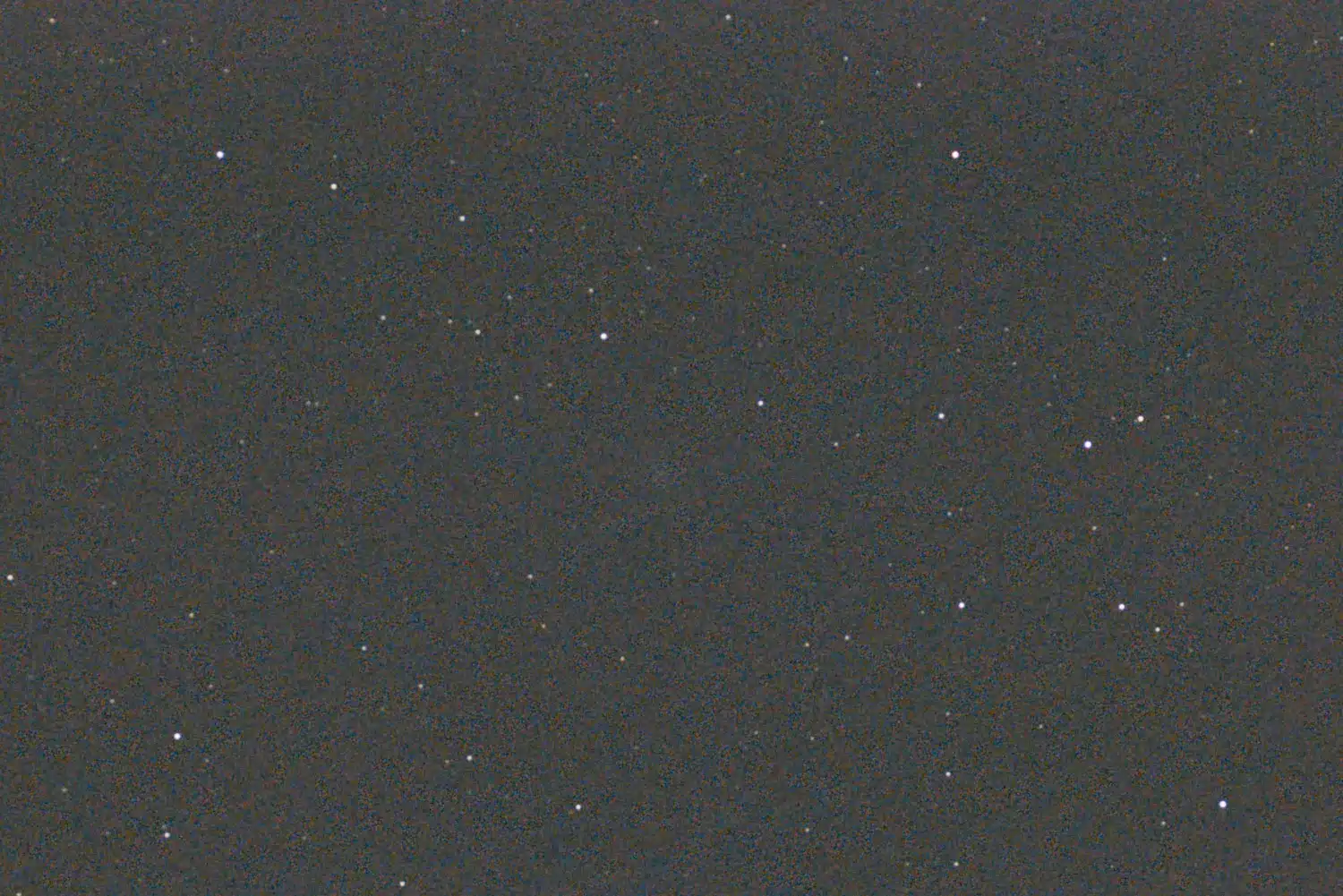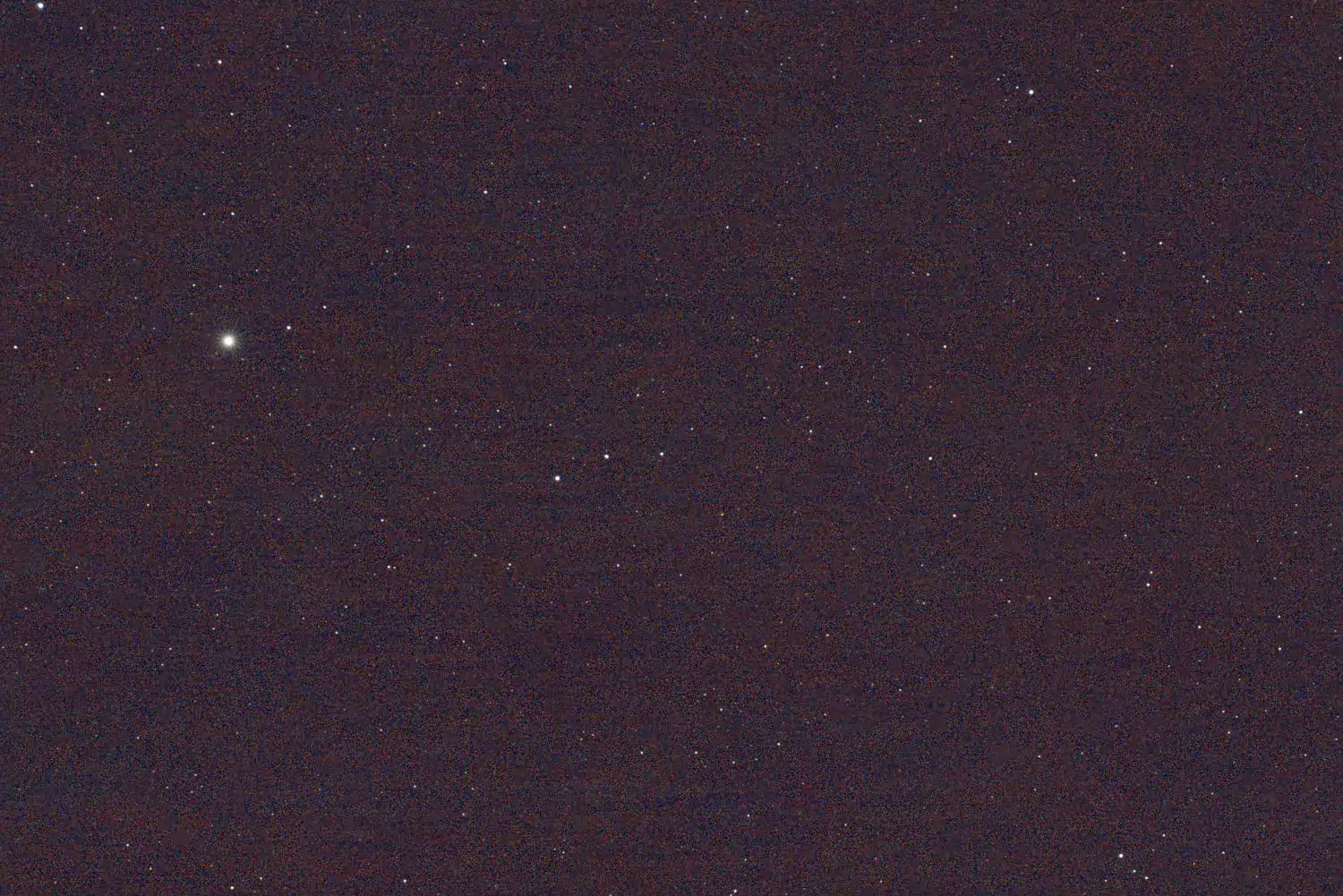
Beggars can’t be choosers. After several months of living under miserably overcast skies, the weather finally broke. Great news, right? Well, sort of. While the skies are delightfully clear, the moon is perched high in the sky and more than 90% full. I can’t seem to win at losing sometimes. But undeterred, I headed out with one of my sons over the weekend to image. The results were rather disappointing but I learned an awful lot about taking photos under the light of a full moon. Not the results I wanted, but successful nonetheless.
Weekend Planning
My first thought was to get outside and take some video of the Lego Star Tracker in action. However, family logistics put a bit of a wrench in that plan. So, I wanted to experiment a bit and stretch my untracked camera and tripod system to its limits. Spoiler alert, I stretched way too far. I was hoping to continue my trial with the Rosette Nebula, but the moon was way too close in the sky. I knew I’d have to take my photos under the full moon in the opposite direction or towards the North-Northeast.
So I decided I’d give the Pinwheel galaxy in Ursa Major a go with the Samyang 135mm f/2 lens. Normally, I wouldn’t shoot in this direction because of my neighborhood street lamps. But tonight, my son and I took a short drive a couple of towns away to Zelków. They have a stadium there on the top of a hill that isn’t getting a lot of use this time of year. It’s a nice little spot that I scoped out last year that has a nice little paved parking lot that is perfect for setting up when no one else is around. It’s still a Bortle 5 zone, but has about half as much light pollution from where I normally shoot. Perfect for my son and me.
We got everything set up and focused with the Bahtinov mask. Now it was time to rip off several hundred exposures. After about 2 hours we wrapped up and headed back home. I was shooting at f/2 with an ISO setting of 12800 and 0.8-second exposures. I kind of knew I was asking for trouble here being this aggressive, but hey, I’m learning.
Friday Night Results
Below is the resulting picture of the Pinwheel galaxy. Don’t strain yourself, you can’t really see it. But if you really want, it’s that faintest of smudges in the center of the photo…

There’s a lot to unpack here. Under the best conditions, this would have been a challenge for an untracked setup at 135mm. First, the impact of the moonlight is immediately obvious in this photo. I could have played with the curves in GIMP a little bit more, but it wouldn’t have yielded better results. It would have just brought out the grain of the crop even more. Second, there are very interesting artifacts in this photo that I’ve not experienced before. They line up with the angle I was tracking so I know my darks, bias, and flat frames were fine. I’ll have to research this a bit more but I think it’s basically due to the sky conditions (ie. moonlight) and my stacking parameters.
Under darker skies, I’d be tempted to try this again. But this is a very faint and small target to be shooting, even at 135mm. Maybe if I was tracking this would be doable. But I learned that under a full moon, taking photos of faint deep-sky objects with an untracked, unfiltered setup is a losing proposition.
Let’s Fail Again Saturday Night
We decided to shoot from the backyard on Saturday night. The moon’s position in the sky was just disappointing – high and overhead. So why not try something crazy? I decided to take a crack at the Witch Head nebula. Yep, I’m a sucker for punishment.
Now, I’m under no illusions that I was setting myself up for failure. But it was this or nothing – at least that was my thinking at the moment. So I went ahead and got set up and we started shooting. I only took about 750 light frames this evening – yeah, not going to waste my whole evening on this futile endeavor… Here is the result.

Oh, I failed to mention that Rigel is also sitting directly over Krakow. So I’ve got the double-whammy here. And yes, the Press Your Luck reference is very apropos. Between the city lights and the moonlight, there was no way I was going to capture any nebulosity with an untracked, short exposure, and unfiltered setup. Now I know for sure.
The other interesting thing in this photo is that I’m seeing the same artifacts that I saw from the previous night’s shoot. And once again, the tracks follow the motion I had to track to keep the target in the frame. The motion to research this anomaly has been seconded!
Final Verdict
I had a great time the past few days trying some new things and facing new challenges. Clearly, shooting deep-sky object photos under a full moon is difficult. I wouldn’t say it’s impossible but shooting untracked with short exposure photos is just asking for trouble in these conditions. I was thinking that if I had the right kind of lens filter, I might have had better results. Like a cut filter or a narrowband filter. Maybe, but I’m not going to break my frugal budget at this point to find out. A good quality filter for these conditions would not be cheap. Maybe in the future…
It looks like the stars in my photos came out really nicely. My time probably would have been better spent hunting for clusters or other starry objects. Also, Uranus was up also and I probably could have given that whirl. Ok, lesson learned.
I’m kind of interested in getting on with my 3D-printed star tracker project so I can mount the Samyang 135mm f/2 lens and experiment in these conditions with tracked photos. We’ll see. I’m at least several weeks away from finishing my build so I have more time to ponder.
But while I’m at it, I’ll probably try to dig a bit more to figure out what those artifacts are in my photos and what I can do to mitigate them.
Hey! Any night out is a good night out and it was so nice to be outside again with my boys. Here’s hoping for more clear nights ahead around the new moon.

I can see nice photos here – the one you captured and the father and son priceless moment. 😍
Thanks Leny! It’s good to get out with the boys. And hopefully, the pictures I’m processing right now from this evening will turn out much better!